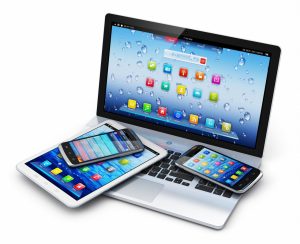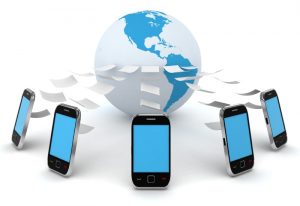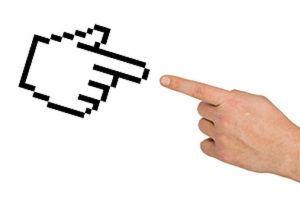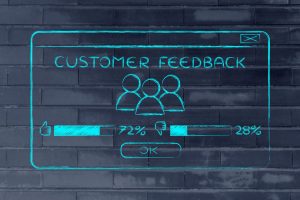First, let’s establish two maxims: one classic, one new.
Classic: The cardinal rule of customer acquisition – it’s not your customer’s job to keep your business top-of-mind, it’s yours.
New: Every year your website becomes less of a destination and more of a distribution center – develop a strategy that doesn’t depend upon prospects and customers returning to your homepage every time they need/want something from you.
It’s easier to keep a customer than find a new one – everybody knows that. The bad news is, with all of the mega-corp algorithms, online competitors, and cyber-clutter, keeping the attention of even our most loyal patrons is getting harder every day. But here’s the good news: For every example of how technology makes business more complicated, there is a corresponding tool or application that increases efficiency and productivity. Even for small businesses.
One prime example of how to stay on the radar screen of people who already know you – users, prospects, customers – is to practice what I call the “Follow me home” strategy. Once someone determines they like your business, they’re increasingly willing to give permission for you to “Follow me home” with digital information and content, by email (newsletters), texting (updates), social media (useful content), etc.
“Follow me home” supports three critical elements in 21st-century customer relationships.
Emotional: At the heart of “Follow me home” is trust that a business won’t abuse this privilege. This is a gift – value, protect and perform on this.
Practical: “Follow me home” conveys that you understand people have other options, are very busy, and want reliable companies to help them stay connected.
Technical: Elements on your website that make “Follow me home” easy (“Subscribe to our free newsletter”, “Follow us on Twitter, etc.), score the online hat trick: values, thought leadership and technical capability.
Getting a “Follow me home” invitation from a prospect/customer is good for your business in three important ways:
1. Prospects/customers have invited you to connect with regular, useful content and appropriate marketing messages.
2. Since research continues to show that a prospect has to see several impressions before converting to a customer, “Follow me home” becomes a powerfully efficient and effective conversion practice.
3. “Follow me home” is the first step for users to pre-qualify themselves as a prospect.
New technologies make delivering on “Follow me home” requests easier than ever for small businesses. But, of course, you have to give users/prospects/customers a reason to say, “Follow me home.”
Write this on a rock … “Follow me home” is a buying signal waiting to happen. Are you listening?







